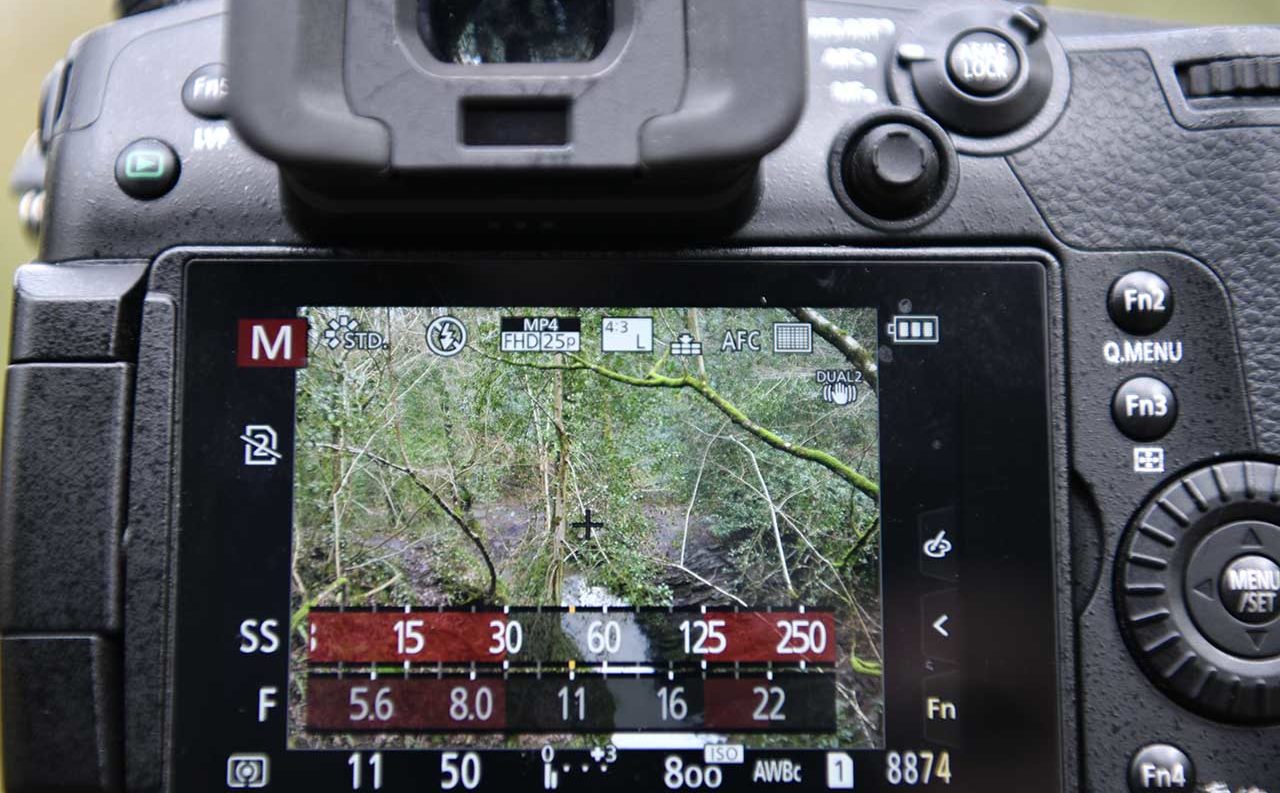The 180-degree shutter rule when shooting video is a principle that was set years ago and dictates your shutter speed based on the framerate. It’s a rule that can be broken and played around with, but do be careful as although you’ll commonly get away with braking the rule it can at the worst possible times come back and get you.
The 180-degree shutter rule is broken and ignored constantly by videographers and photographers alike, but it’s actually one of those rules for which you should really grow a big beard and get sanctimonious about.
What is the 180-degree shutter rule?
- As a general guide for normal shooting conditions, the 180-degree shutter rule says that your camera’s shutter speed should always be twice that of the frame rate when filming video.
So what’s the 180-degree shutter rule all about? Persistance of vision and smooth motion. Video essentially works by flashing up still images as such a rate that your brain sees it as fluid motion, essentially it’s an optical trick, but it’s a trick that while it works is also very delicate.
Slow down the shutter speed to less that the frame rate; say shooting at 50fps you reduce the shutter to 1/25sec and you’re going to start to introduce blur into the image, same as when shooting stills.
Not only is the shutter speed to slow to avoid camera shake and blurring of movement but each exposure is going to linger over 2 frames, the result is going to look slightly jerky.
Increase the frame rate to 1/50sec and the motion in the image is going to start to look better but still not as smooth as it should be, turn the shutter speed up to 1/100sec and the motion should now look natural and smooth.
There are often situations when getting creative with film making and trying to get a shallow depth of field you’ll dial in a large aperture which in-turn will mean that the shutter speed needs to be increased to 1/500sec or above.
This will of course sort out the exposure but then look at the footage and the motion will start to look a little over dynamic.
Again you’re eye will pick it up and your brain will know that something is wrong but won’t be able to tell quite what, it essentially has the effect of making everyone on screen look like they’ve each had a pot of coffee.
Breaking the rule has it’s uses, slow shutter speeds around the 1/50sec used with 50fps is great from romantic shots such as weddings where the blur adds to the ambience – at the other end of the scale action scenes benefit from the dynamic motion created by higher frame-rates. Give it a go and see what happens.
As a general guide for normal shooting conditions, the 180-degree shutter rule says that your camera’s shutter speed should always be twice that of the frame rate when filming video.
Tv = 2xfps
Tv = Timer value or shutter speed
fps = Frames per second
fps = 50
Tv = 2×50
Tv =1/100
Of course there are times when getting the shutter speed to be twice that of the frame rate is near impossible, especially if you’re using a wide aperture. In these situations you need a variable ND to restrict the amount of light that hits the sensor.
How to set exposure for video using to the 180-degree shutter rule
- Switch your camera to movie mode
- In your cameras movie settings select 1080p60
- Switch the movie mode to manual
- Set the shutter speed to 1/120
- Adjust the aperture to correct the exposure
- If you need more flexibility over the exposure adjust the ISO
- If you need creative aperture control add an ND filter



